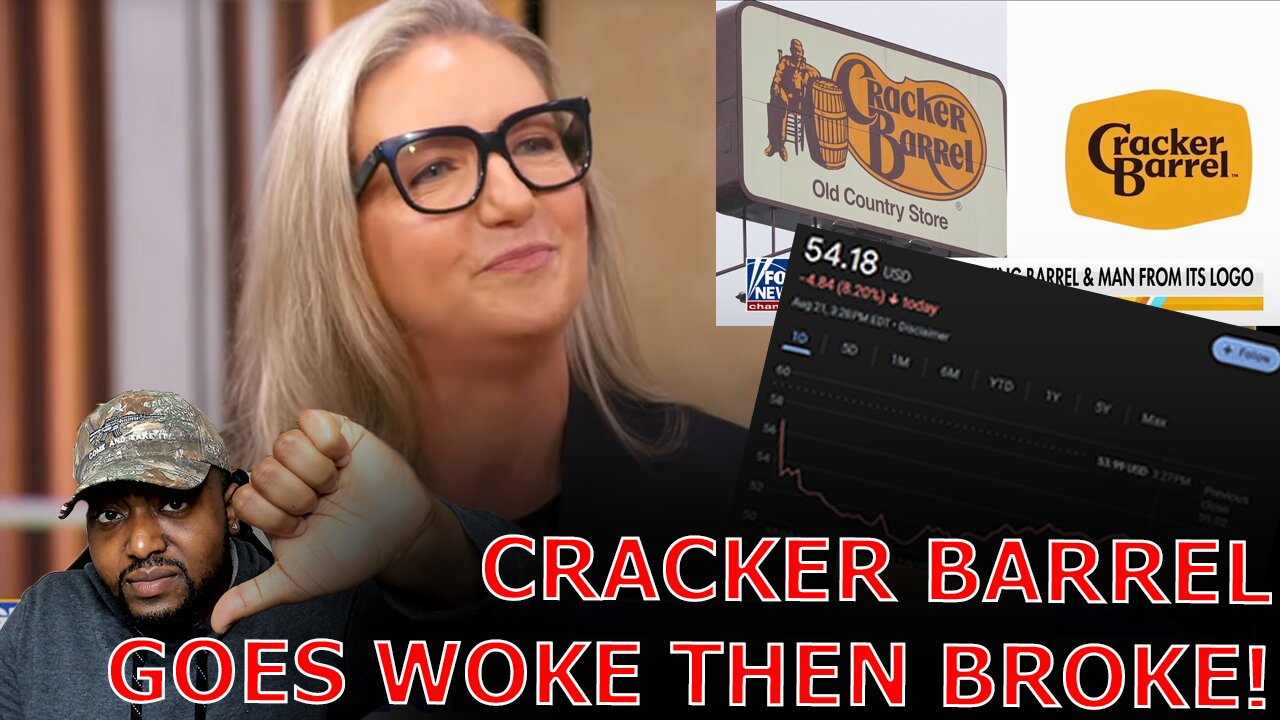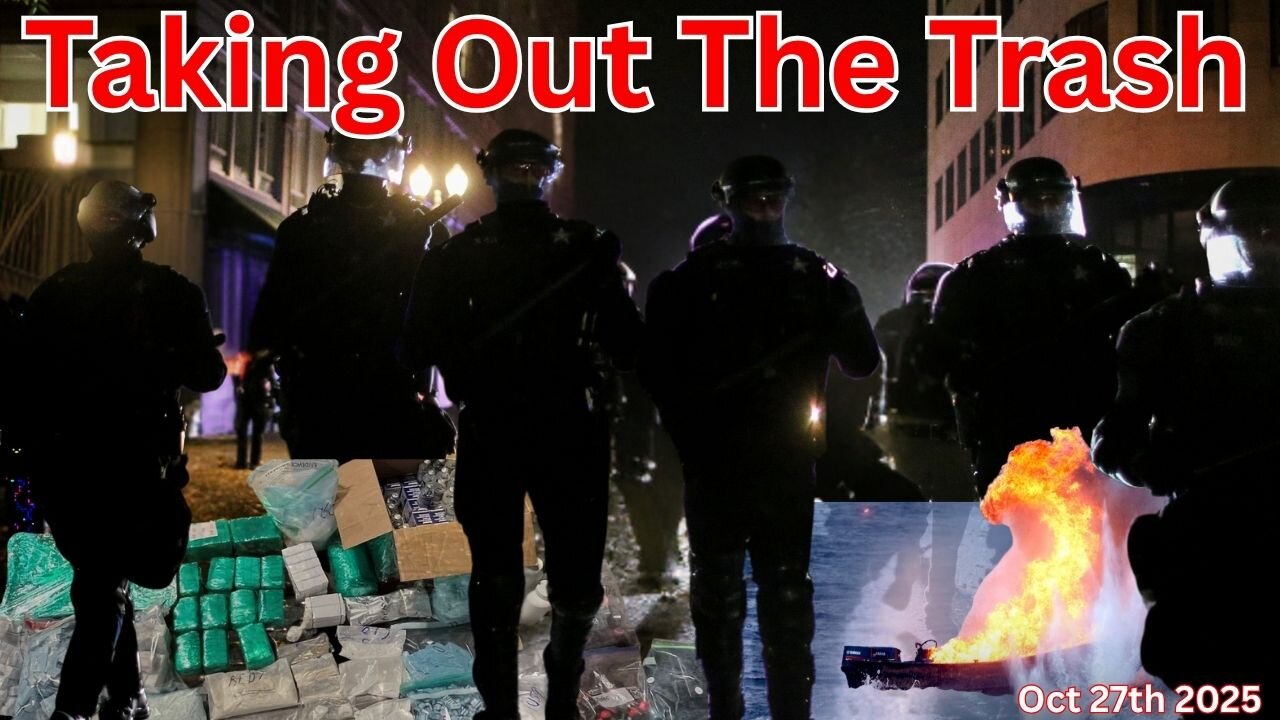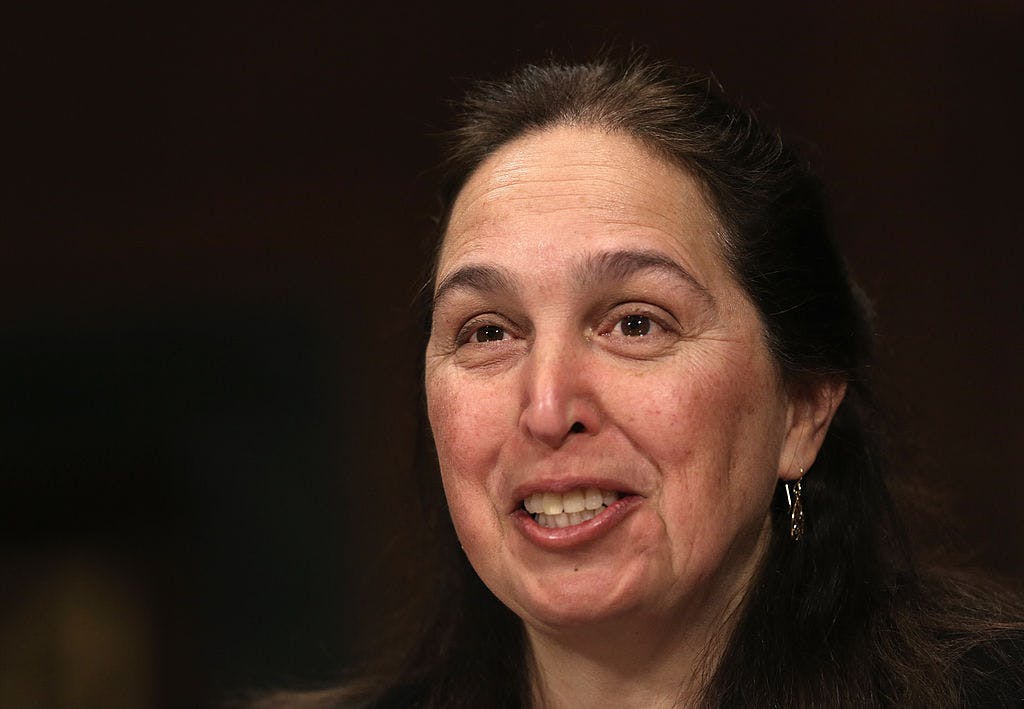To Make American Healthy Again, the Country Needs a More Nuanced Farming Policy

In May, the MAHA Commission report elevated the chronic disease epidemic, and laid out, in broad outline, the potential culprits, one of which is “environmental exposures.”
The reality of the epidemic, especially among children, is hard to deny. Any effort to identify the cause or causes of that epidemic, however, is bound to be controversial since it threatens to gore the most powerful corporate and regulatory oxen in the pasture.
Surviving such encounters will require policy finesse. No doubt the use of “crop management tools,” which the report includes among “environmental exposures,” will be hotly contested.
Groups claiming to represent farmers were quick to object that the report unfairly maligned chemical herbicides such as glyphosate (also known as Round-Up) and atrazine. “MAHA’s misleading report suggests glyphosate, atrazine, and other pesticides essential to farmers are potential contributors to health ailments,” said one representative from the American Soybean Association.
Likewise, the National Corn Growers Association stated, “The Make America Healthy Again Report is filled with fear-based rather than science-based information about pesticides. We are deeply troubled that claims of this magnitude are being made without any scientific basis or regard for a long history of EPA expert evaluations of these products.”
Such advocacy groups likely have a vested interest in maintaining the status quo. Even so, their objections seem overwrought. The report didn’t call for a ban on any specific farming products. On the contrary, it recognized that “American farmers rely on these products, and actions that further regulate or restrict crop protection tools beyond risk-based and scientific processes set forth by Congress must involve thoughtful consideration of what is necessary for adequate protection, alternatives, and cost of production.”
Conversely, some critics of industrial farming would like to see an immediate ban on anything that may cause “developmental and reproductive disorders, as well as cancers, liver inflammation, and metabolic disturbances,” according to some studies cited in the commission report.
If these products contribute to chronic disease, then Americans deserve to know that. Even if the evidence against these substances is overwhelming, however, any sound policy must balance the costs and benefits on all sides.
For better or for worse, many farmers in the U.S. rely on Round-Up and other herbicides for productive and profitable crop yields. Banning them in one fell swoop would mean the loss of livelihoods for families as well as a likely food shortage. Many farmers use glyphosate as part of an interdependent system that includes glyphosate-resistant seeds and chemical fertilizer. Forcing farmers to immediately replace glyphosate with more organic options would be imprudent—as a recent experiment in Sri Lanka showed.
It can take years for farmers to shift from the usual industrial methods to “regenerative” and organic ones. That shift also takes a lot of work and sacrifice. Any legislator voting to bankrupt most American farmers and spike the price of food would be committing political suicide.
Policymakers need to offer farmers who want to make the switch a clear, viable path to do so.
At the same time, health officials are tasked with protecting the safety of our food supply. These two goals may be hard to reconcile, at least in the short term. But we can begin to chart a path forward.
First, where needed, regulatory agencies should authorize industry-independent research of the highest caliber on glyphosate and other chemicals mentioned in the report. If relevant evidence is already available, or if new findings show that certain farm products pose a major risk to health over the long term, health agencies should report this to consumers. This will allow Americans to make informed decisions when grocery shopping.
Such information, and the MAHA movement’s focus on the link between diet and chronic disease, would surely boost demand for organic products, even without conclusive evidence for their need. Greater demand, however, without the supply to meet it means one thing: higher prices. Products from organic and regenerative farms already cost more than their industrially produced counterparts.
At the same time, regulators can explore ways to ease the regulatory burden on an underserved segment of our agricultural market—the small to medium-sized farm. Allowing robust competition and innovation in this sector can help meet the growing demand for less industrialized food without nudging consumers or banning any product.
Finally, federal agricultural policy could accommodate such shifts in the market. Subsidies, crop insurance, and other inducements currently favor large industrial farms.
It’s no coincidence that the groups quickest to object to the MAHA report were those representing the most heavily subsidized crops in America. Corn receives the largest total share of subsidies—over $116 billion since 1995. Large industrial farms have received over $48.4 billion from the government to grow wheat, and soybean growers have received $44.9 billion over the same period. Other crops receiving major subsidies include cotton and sugar.
By contrast, farmers who grow fruits, vegetables, and specialty crops receive much less support. Worse, small organic and “regenerative” farmers are often hassled by federal regulators who serve to maintain the giant industrial farm status quo. It’s foolish for Congress to favor policies that reduce the price of foods at the checkout counter, if subsequently, it swells the federal debt with trillions of dollars that continue to be spent managing chronic diseases.
Understanding and addressing the effects of industrial farming on chronic disease may be the toughest test for the MAHA agenda. But it’s a test we cannot afford to fail.
The post To Make American Healthy Again, the Country Needs a More Nuanced Farming Policy appeared first on The Daily Signal.
Originally Published at Daily Wire, Daily Signal, or The Blaze
What's Your Reaction?
 Like
0
Like
0
 Dislike
0
Dislike
0
 Love
0
Love
0
 Funny
0
Funny
0
 Angry
0
Angry
0
 Sad
0
Sad
0
 Wow
0
Wow
0











































































